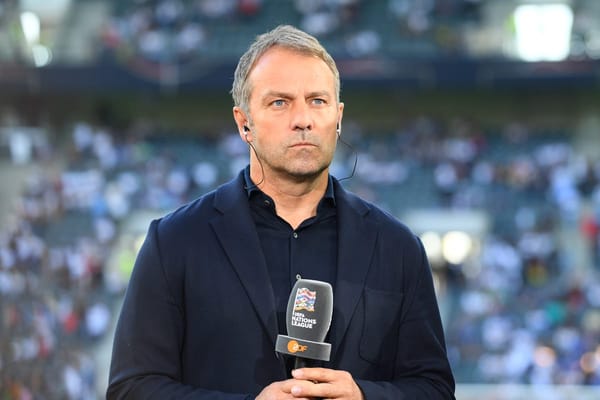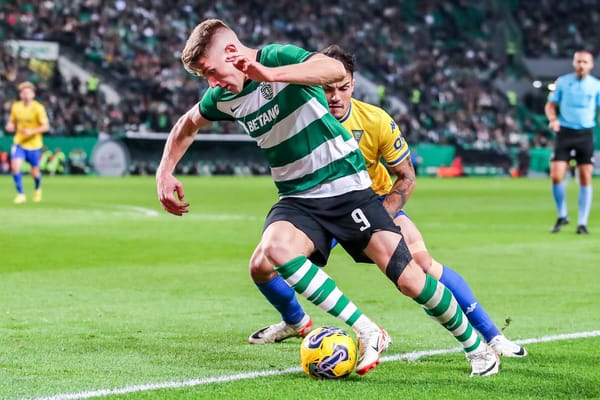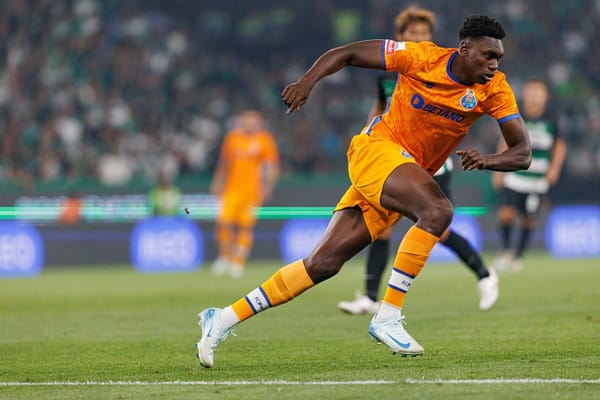Pedri & Gavi: Co-existing in Xavi's jigsaw
Pedri is the more advanced and offensive while Gavi is the ball retainer and progressor
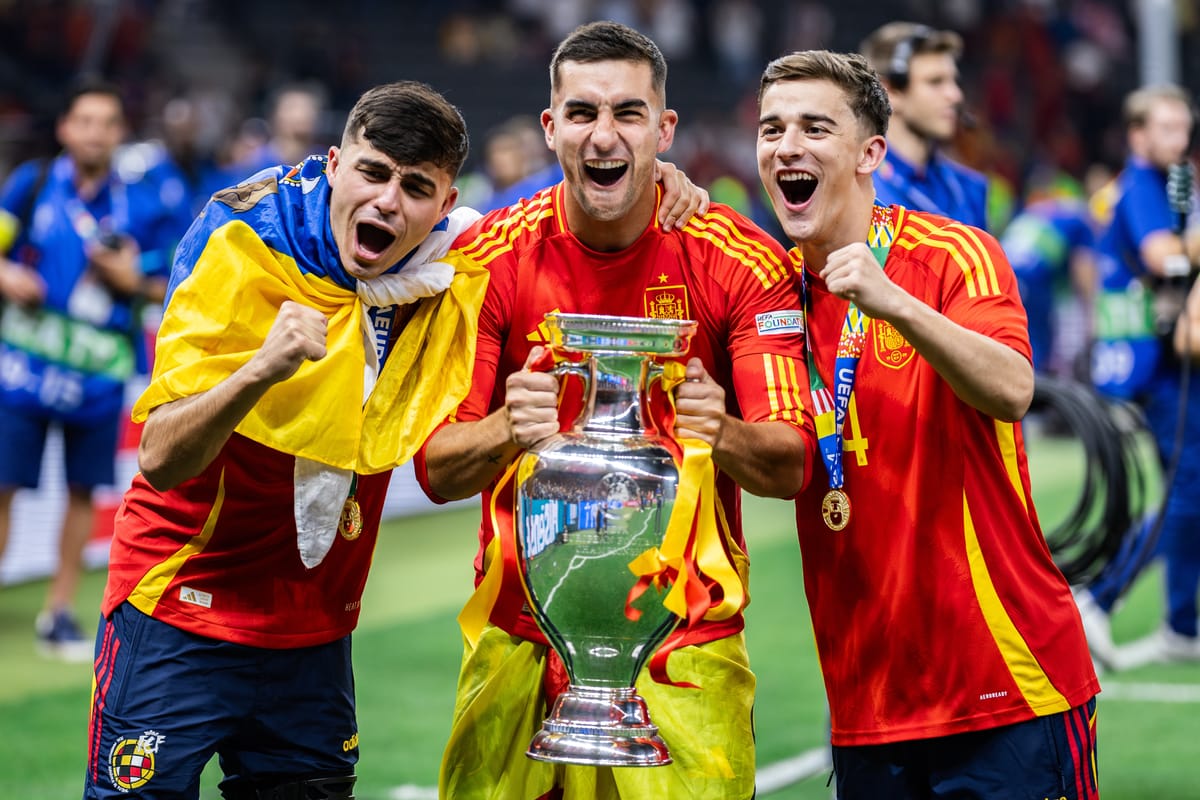
For a club in crisis, Barcelona are incredibly stacked with talent. And contrary to the discourse pushed by the media for years now, LaMasia is indeed alive and well. In fact, it wouldn’t surprise me to see a large influx of academy graduates break their way into the team in the not so distant future.
Granted, it’s all about supply & demand so the first team’s circumstances will undoubtedly be a huge factor in this process taking shape. Without their struggles, the need for LaMasia would inevitably diminish. But part of that ‘Més que un club’ motto is indeed the trust in the farmhouse; the superstars of the future. By definition, Barça should always look for in-house solutions before reaching for salvation in the market. The philosophy dictates it.
When he was recently asked where he lives, Pablo Martín Páez Gavira or simply known as Gavi, promptly answered ‘in LaMasia’. And this, while to an outsider it could seem like an overly romanticised statement, is absolutely spot on. Gavi is the embodiment of LaMasia in so many ways; how he turns, runs, controls the ball, passes or receives it - it all screams Barça. But Gavi’s ‘bite’ to the game is something unique to his profile and perhaps even unique to the academy itself. This makes him stand out even more.
On the flip side, we have Pedri; a kid so talented, technically proficient and positionally immaculate that he’s often confused with a LaMasia graduate. No, Pedri may not have been groomed at Barça but - and I’m using this term reluctantly - he has the famous ‘Barça DNA’.
Still, many have rightfully noticed they are both interiors with a seemingly similar profile. Diminutive no.8s who despite their differences like to occupy similar areas and influence play in similar manners. And now, it will be on Xavi to make sure they can co-exist.
But how would he go about doing that? Will it even work? Let’s find out.
Pedri vs Gavi
We’ve talked about roles and profiles at length in this newsletter. And Barcelona, despite never truly lacking quality, have struggled to get the right kind of quality. What I mean by this is that they’ve struggled to get the profiles that they need, instead just stacking up a Galactico squad to win them games (Philippe Coutinho and Antoine Griezmann say hi!). For a while, the midfield seemed to be suffering from the same problem, hence the constant screaming for a ‘physical profile’ from Ronald Koeman & the media as a whole.
But it was never about physicality, nor will it ever be. Yes, players who attack space and add verticality were scarce and Barcelona’s midfield gave the impression of being static due to their on-the-ball tendencies and slow ball retention. But within a properly-functioning system, a downright elite midfield should always be a focal and strong point of any Barcelona iteration.
Pedri and Gavi embody that perfectly but through different qualities. Let’s start with the basics of movement and space occupation. Below is a heatmap we can use to compare the two’s tendencies on the pitch and immediately, we can see they are indeed similar in that regard.
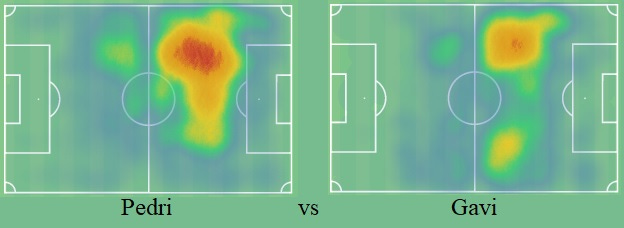
Note that I’ve used Pedri’s 2020/21 and Gavi’s 2021/22 seasons as the two are yet to play regularly alongside each other within the same campaign. And yes, they are quite similar but their similarities stem from the left centre-midfielder’s role in Barcelona’s system more than anything else. For all intents and purposes, that is the ‘Iniesta role’ - creativity, between the lines movement and a touch of magic in the final third. But there are differences here we have to note as well.
While both tend to drift wide when necessary, Pedri is more centrally-focused and also the one bursting forward far more. Comparing their stats recorded by Wyscout in the last calendar year, Gavi has averaged 1.71 touches in the box per 90 compared to Pedri’s 2.31. Similarly, Gavi’s 2.13 successful attacking actions (shots, crosses and dribbles) lag behind Pedri’s 2.46.
But when we isolate dribbles from that equation, suddenly Pedri’s 1.97 can’t match Gavi’s 2.57. The situation with offensive duels is not even a contest - Gavi sits at 10.71 per 90 while Pedri can only boast with 6.63. To many and without proper context, this could easily lead to a wrong conclusion. You see this is not so much about how many but rather where.
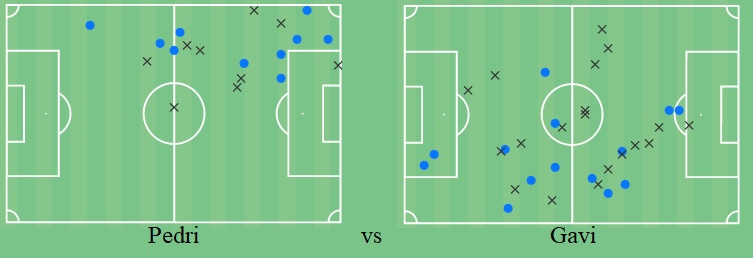
The duels maps you can see above can maybe shed more light on this case. Of course, this is not an average map but an isolated game example so the sample may vary on a match-to-match basis. However, while both players have a very strong between-the-lines presence, Gavi has a tendency to drop deeper while Pedri is the one advancing higher up and attacking the box/final third more.
Pedri also accumulates more expected goals (xG) value while Gavi, perhaps surprisingly, registered more expected assists (xA) in the last calendar year despite being criticised for his conservative passing. Speaking of passing, below we can see their respective maps, again using one of the games for each as our sample.
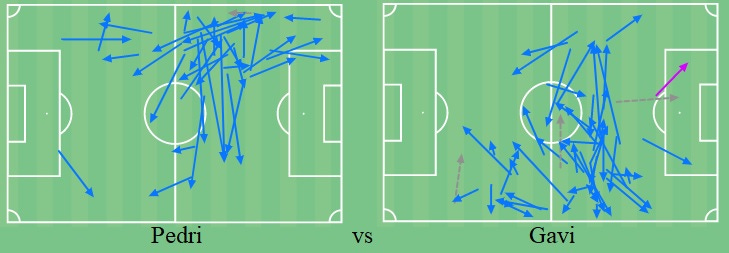
Their tendencies on the ball are quite similar - they switch sides, drop deeper and progress and are very accurate while doing so. But once again, it’s about the role they play in the system. Pedri is the more advanced and offensive while Gavi is the ball retainer and progressor. The numbers confirm it too. Gavi averaged more progressive passes, progressive runs, passes to the final third, passes to the penalty area and even key passes per 90, the last of which is not determined by the position they are deployed from. Pedri, on the other hand, averaged more passes in general and is more effective in the final third, registering more deep completions per 90 (A non-cross pass that is targeted to the zone within 20 meters of the opponent’s goal), which is a metric exclusive to the final third of the pitch.
So yes, they are quite similar in some regards and they indeed share some qualities. But at the same time, they are different in some key aspects we’ve just analysed here. Now, it’s time to see how they could theoretically work alongside each other in Xavi’s system.
Pedri and Gavi
When both are fit and ready to play, it is reasonable to assume both will, in fact, feature. Whether or not Xavi will prefer one over the other or decide to play both of them is yet to be seen. However, with their current profiles, development and even form, at least in Gavi’s case, it’s fair to say they could become two cornerstones of the system that is to come with Xavi’s appointment.
The Maestro is a coach very much in Pep Guardiola’s mould and many of his tactics are eerily similar to his former gaffer. But two things are absolutely vital when talking about Xavi’s philosophy: interiors and squares. Within those two aspects, he assumes superiorities, achieves width and adds attacking flavour and verticality to his game model.
So far, we’ve seen his former Al Sadd side deployed in two major formations: the 3-4-3 and the 4-2-3-1. But at Barcelona, that might change as the personnel, the style and the opposition may not perfectly transfer to the LaLiga giants. The Catalans traditionally assume the 4-3-3 but that changes depending on the game state, the other team’s approach and the players selected. However, once their pivot inevitably drops deep and full-backs push higher, it resembles Xavi’s 3-4-3 Al Sadd structure.
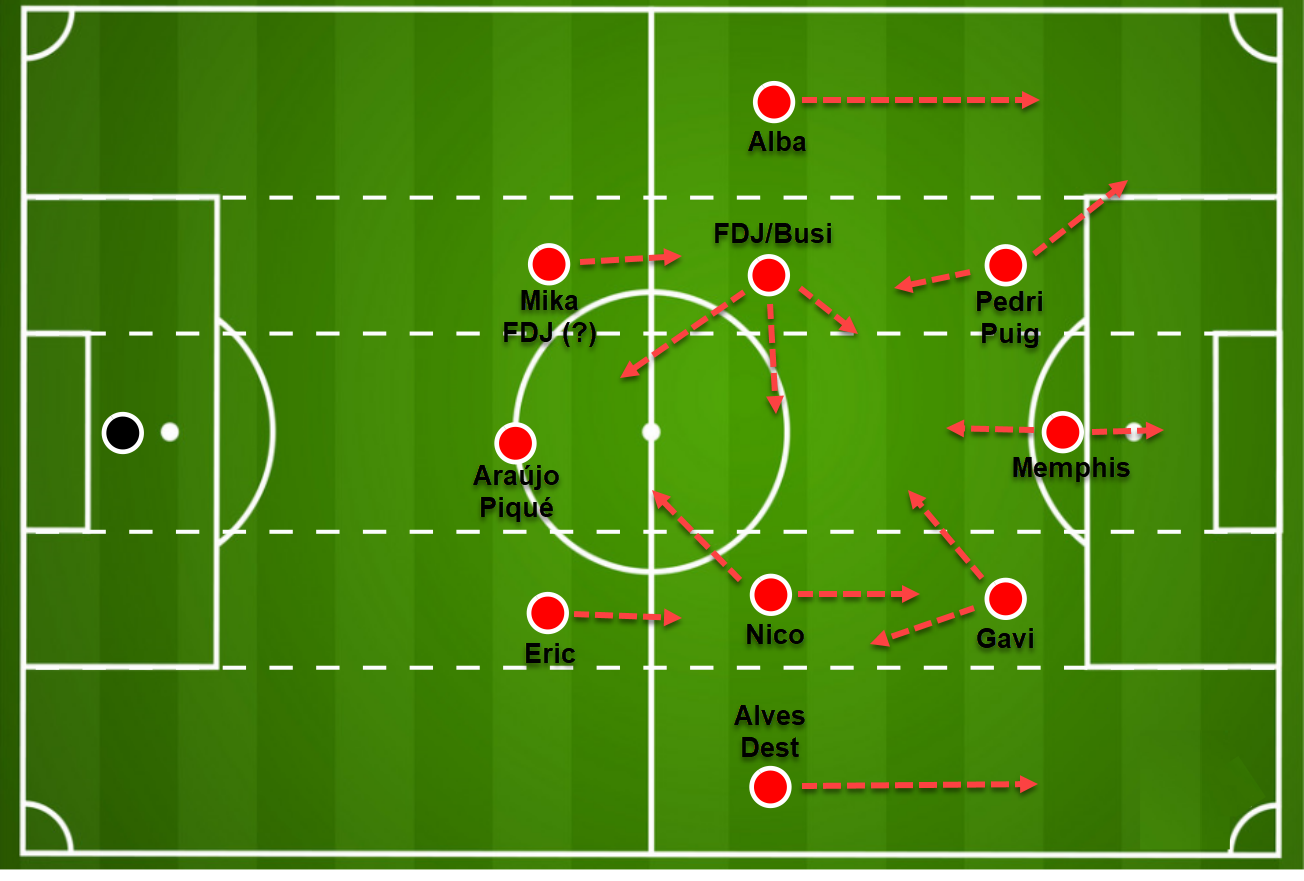
But let’s say Xavi wants to fully replicate the Qatar formula, using a nominal back three with three centre-backs, a double pivot ahead and then two interiors/inside forwards instead of natural wingers. The above graphic is what I feel could be the optimal XI. Pedri and Gavi are excellent interiors but both can also play this inside forward or a false winger role.
After all, we’ve seen both perform them in the past. Pedri has the tendency to drift wide and push forward anyway while Gavi has been a pseudo-winger on occasion under Koeman. And these two positions are key for Xavi’s system. They usually receive the ball in pockets of space that are crucial for progression and chance-creation, orchestrating the attack from areas they occupy. The two roles are envisioned for players of great quality and spatial awareness, capable of receiving, turning quickly and combining well.
Interestingly, it’s also a role I feel Riqui Puig could perform quite well and both him and Pedri are great counterparts to Gavi’s presence to the right. Puig is a tempo-accelerator; for better or worse, he will be courageous, venturous and unpredictable. Pedri is better at recognising the needs of the team in any given situation but is still a player in that mould, albeit more dosed. Contrast that to Gavi who’s more of a progressor and a retainer of the ball to the right and you get something Barcelona have lacked for a long time - balance.
He won’t be as erratic in the final third but more controlled and with a strong presence of press-resistance deeper on the pitch. Intriguingly, this may be one of the few systems that can (almost) fully exploit Barcelona’s incredible depth in midfield. There aren’t many ways for Xavi to play all four of Frenkie de Jong, Nico González, Pedri and Gavi at the same time but with a double pivot consisting of the former two and an interior tandem of the latter two, it’s doable.
There is potential to play Sergio Busquets in there as well by pushing Frenkie into the backline but I feel a three-in-the-back system with three centre-backs is the perfect opportunity for Xavi to play Mika Màrmol. His blend of physical attributes, pace and technical quality makes him the ideal option for the left centre-back position.
But this system largely depends on the availability of natural wingers. We know Xavi loves width and verticality so they will be crucial for him to implement his preferred game model. In a world where Ansu Fati and Ousmane Dembélé are both fit, Barcelona could indeed field something more akin to a 4-3-3 system with wingers. Of course, let’s not forget that Ansu could potentially be used as a no.9 too if Barça do sign someone like Karim Adeyemi or Raheem Sterling soon.
Still, a system with natural width providers would mean we don’t get to see Pedri and Gavi occupy the inside forward roles. Fortunately, they could work just as well as no.8s within a 4-3-3.
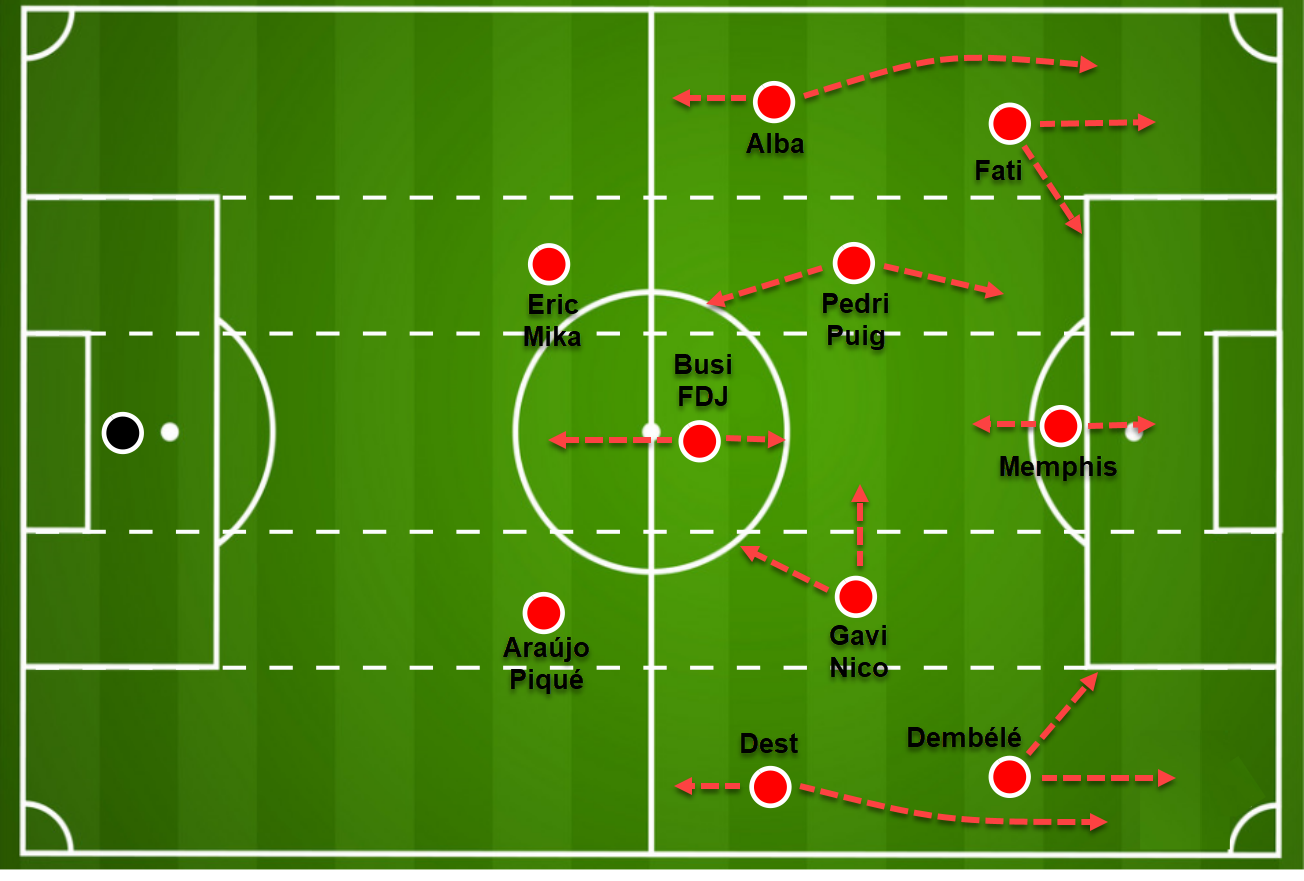
Their roles don’t change much here compared to the 3-4-3 option we discussed earlier. They still occupy critical areas of the pitch that Xavi wants to take advantage of in attacking sequences and the contrasting parts of their profiles create a well-balanced midfield tandem. One is the accelerator while the other is the controller and progressor.
That doesn’t mean they will be limited to only that but it would be playing to their strengths. Of course, a standard midfield trident like that one means there is no way to include all of them in the equation. Nico is gaining prominence by the minute and Gavi seems to be in a world of his own right now. All of that signals that the likes of Pedri and Puig might struggle to break into the lineup.
And no, that doesn’t mean they don’t have the quality to do so, especially Pedri. Just like Gavi (and Nico), he is the future of Barcelona’s midfield but coming back from injury and finding someone like Gavi and Nico shining will not make it easy. Nor should it. It’s all about proper friendly competition and squad depth.
For once, Barça may finally have both in their midfield. It will be up to Xavi to find the right formula to get the best out of the elite potential these youngsters have. We’re yet to see the new gaffer in action but the thought that he’s the one coaching them is a very comforting and exciting one.
So let’s wait and see what he conjures up.

